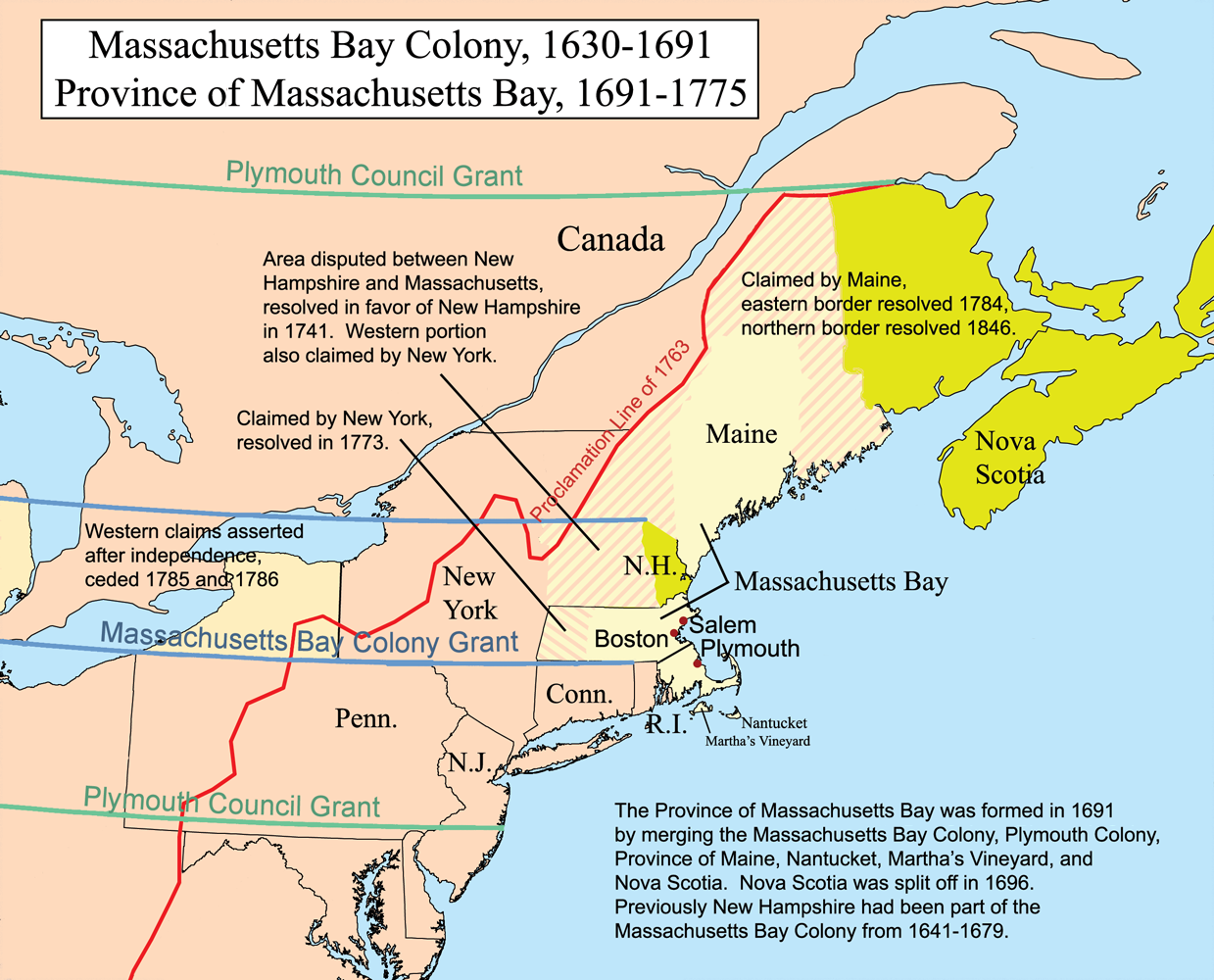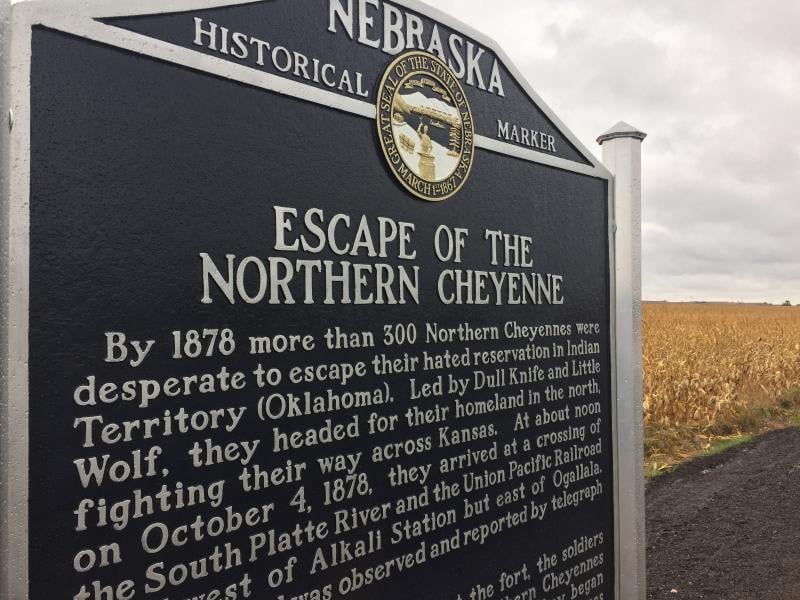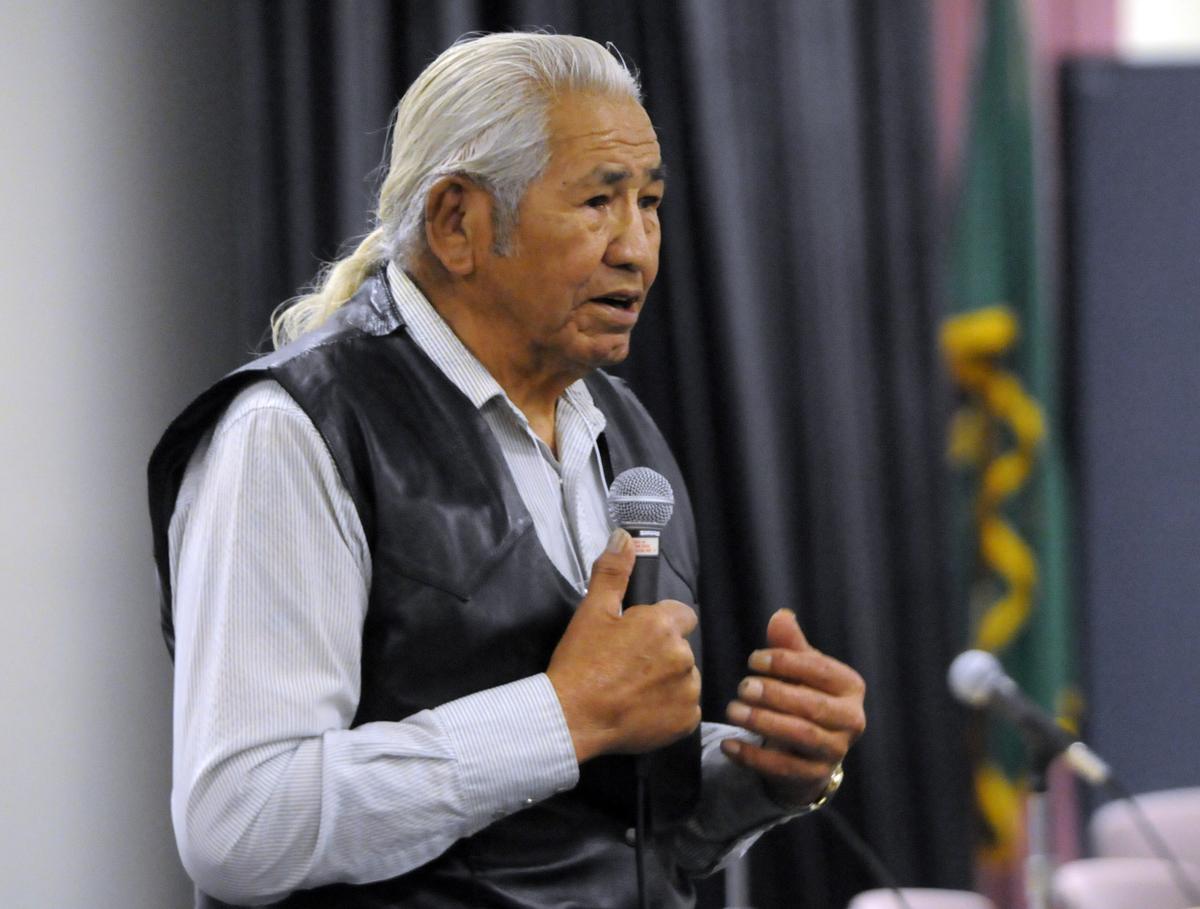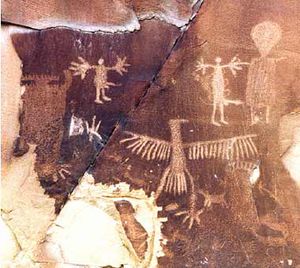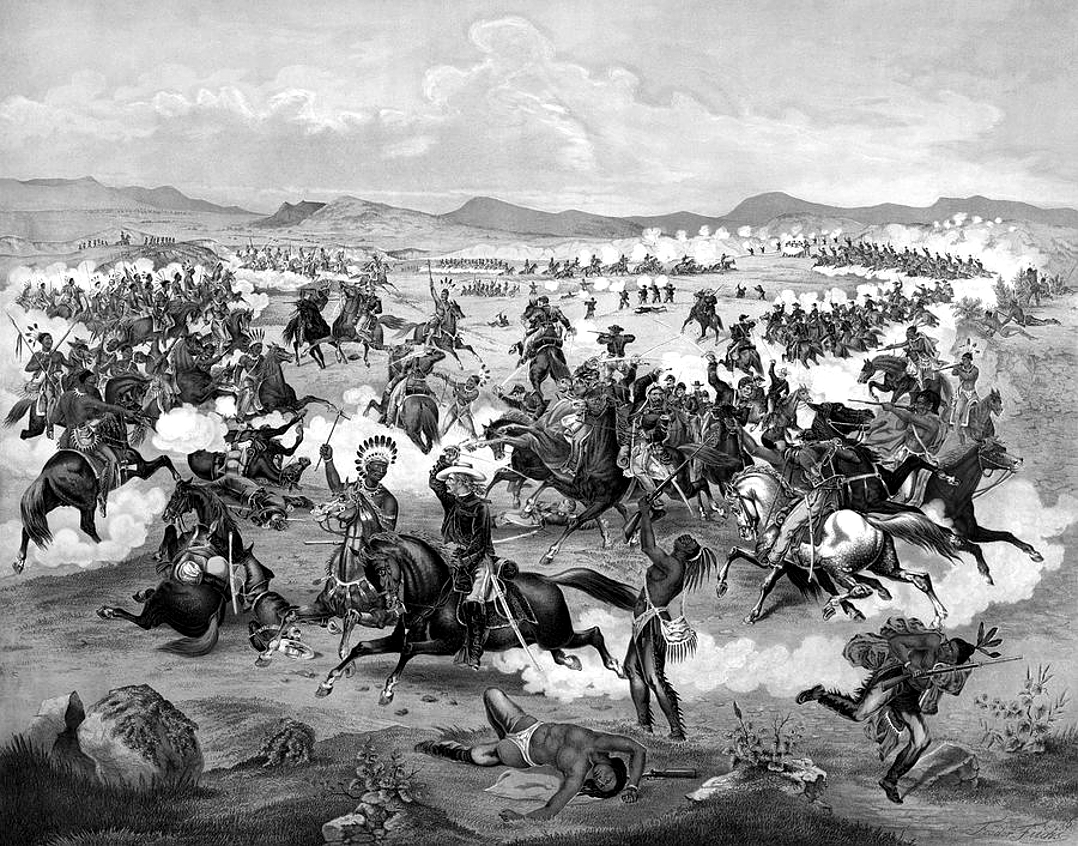The Federal Government and Indians in 1966
In 1966, the American federal government was beginning to wind down its policies intended to end federal involvement with Indian tribes, due to resistance from the tribes. Briefly described below are some events involving federal government policies and American Indians. Commissioner of Indian Affairs In the federal bureaucracy, Indian Affairs are administered by the … Continued


